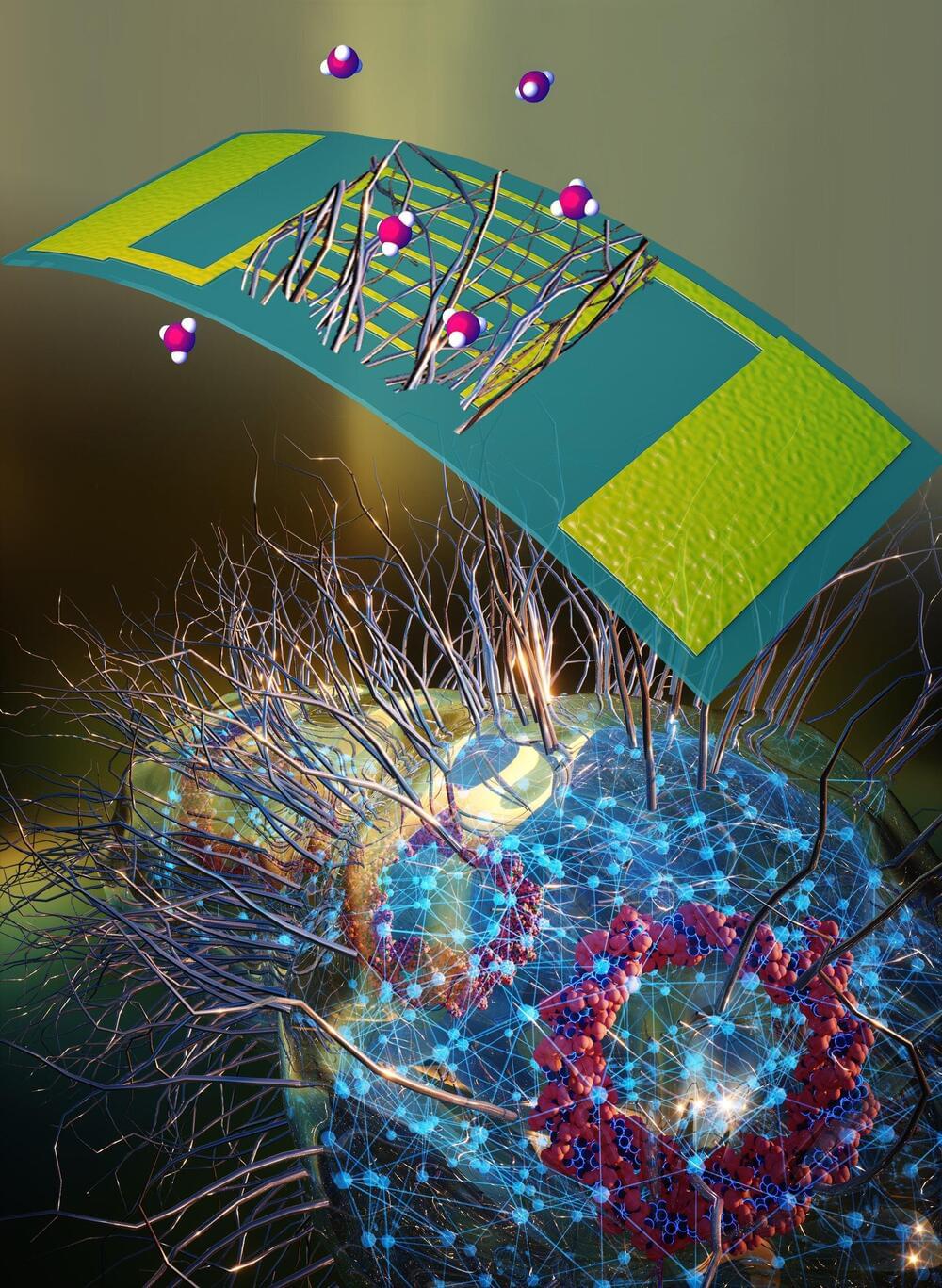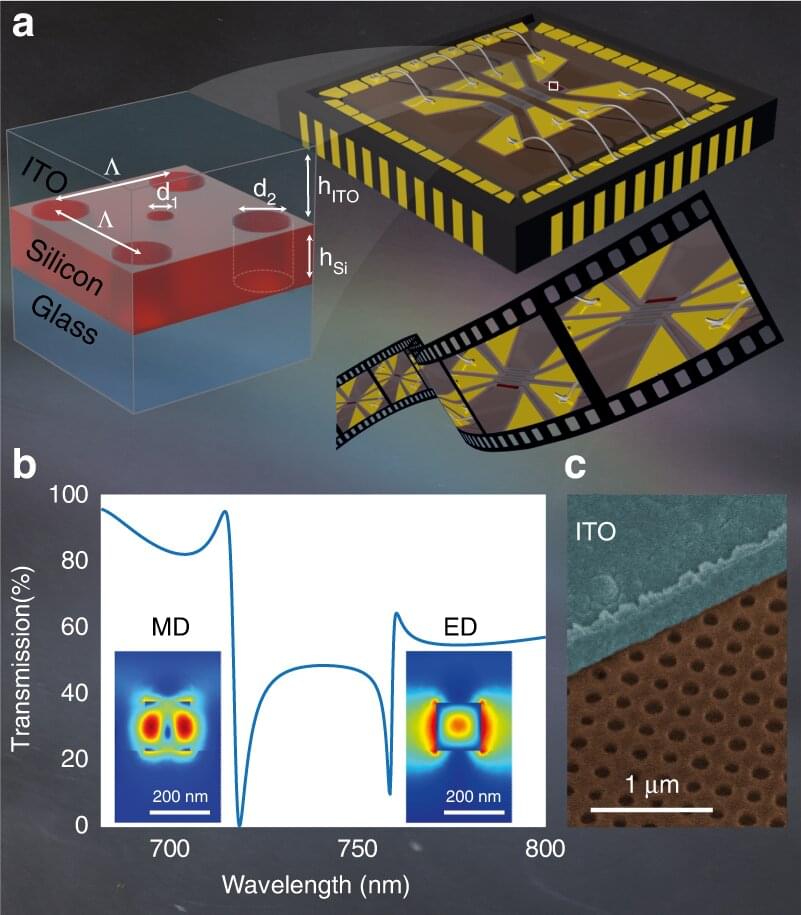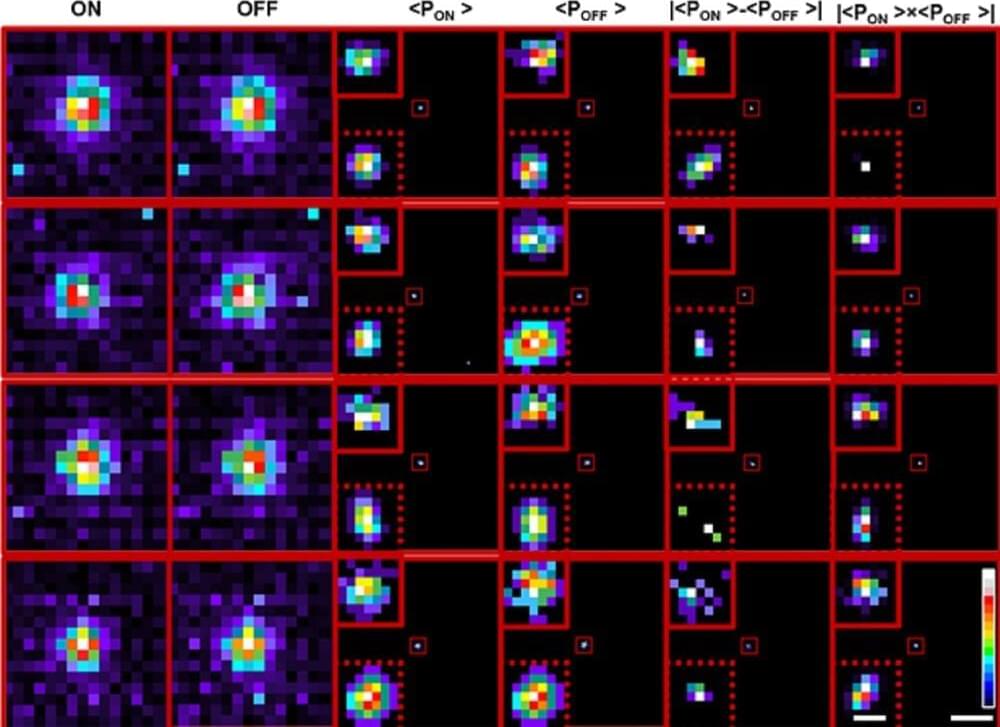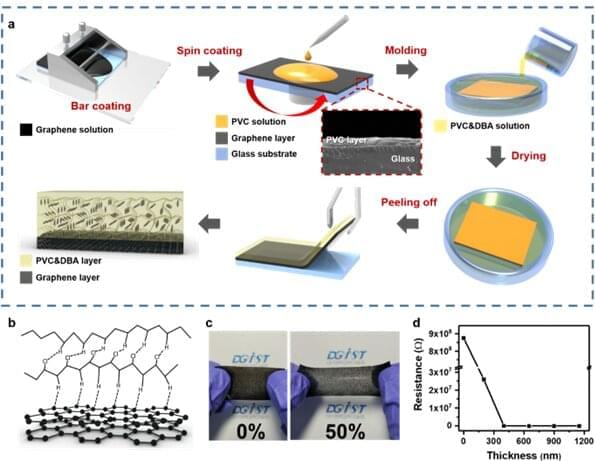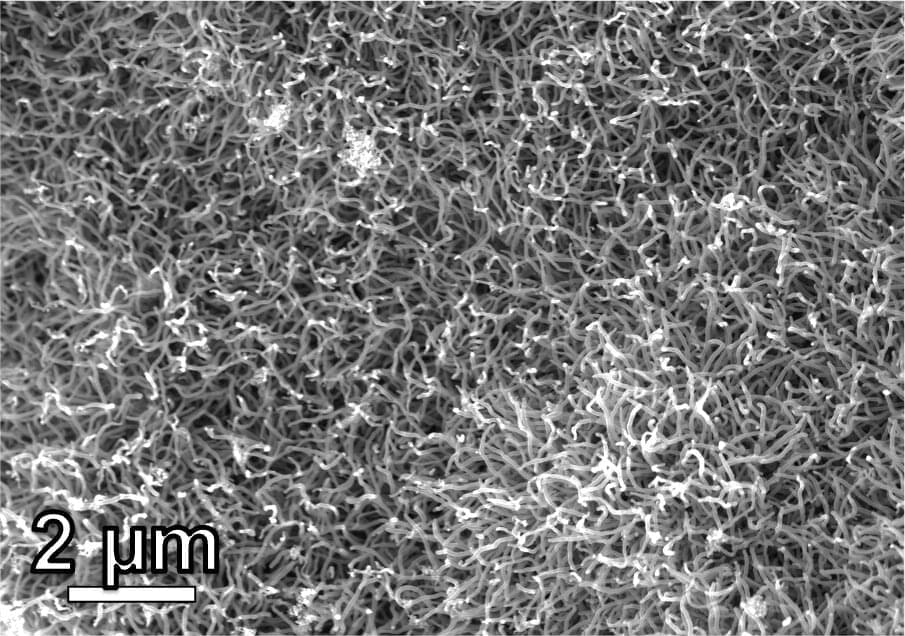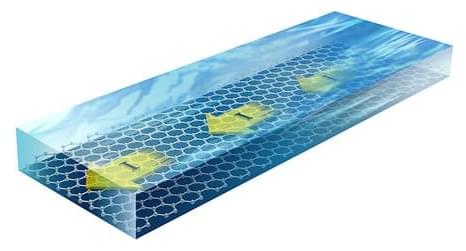Hey folks, I’m excited to share a new essay with y’all on my proposed route towards nanoscale human brain connectomics. I suggest that synchrotron ‘expansion x-ray microscopy’ has the potential to enable anatomical imaging of the entire human brain with sub-100 nm voxel size and high contrast in around 1 year for a price of roughly $10M. I plan to continue improving this essay over time as I acquire more detailed information and perform more calculations.
For a brief history of this concept: I started exploring this idea during undergrad (working with a laboratory-scale x-ray microscope), but was cut short by the pandemic. Now, I’m working on a PhD in biomedical engineering centered on gene therapy and synthetic biology, but I have retained a strong interest in connectomics. I recently began communication with some excellent collaborators who might be able to help move this technology forward. Hoping for some exciting progress!
By Logan Thrasher Collins.

